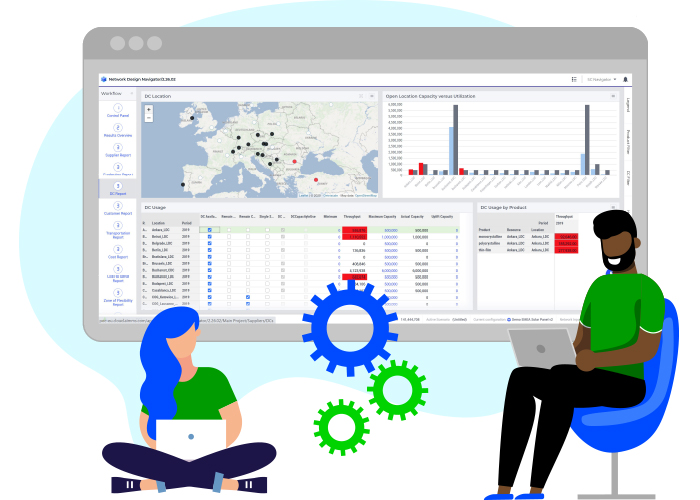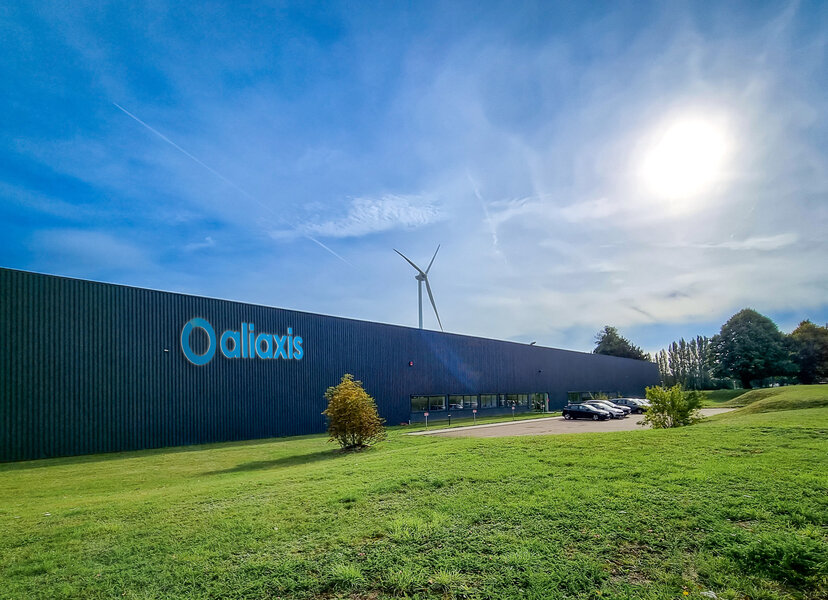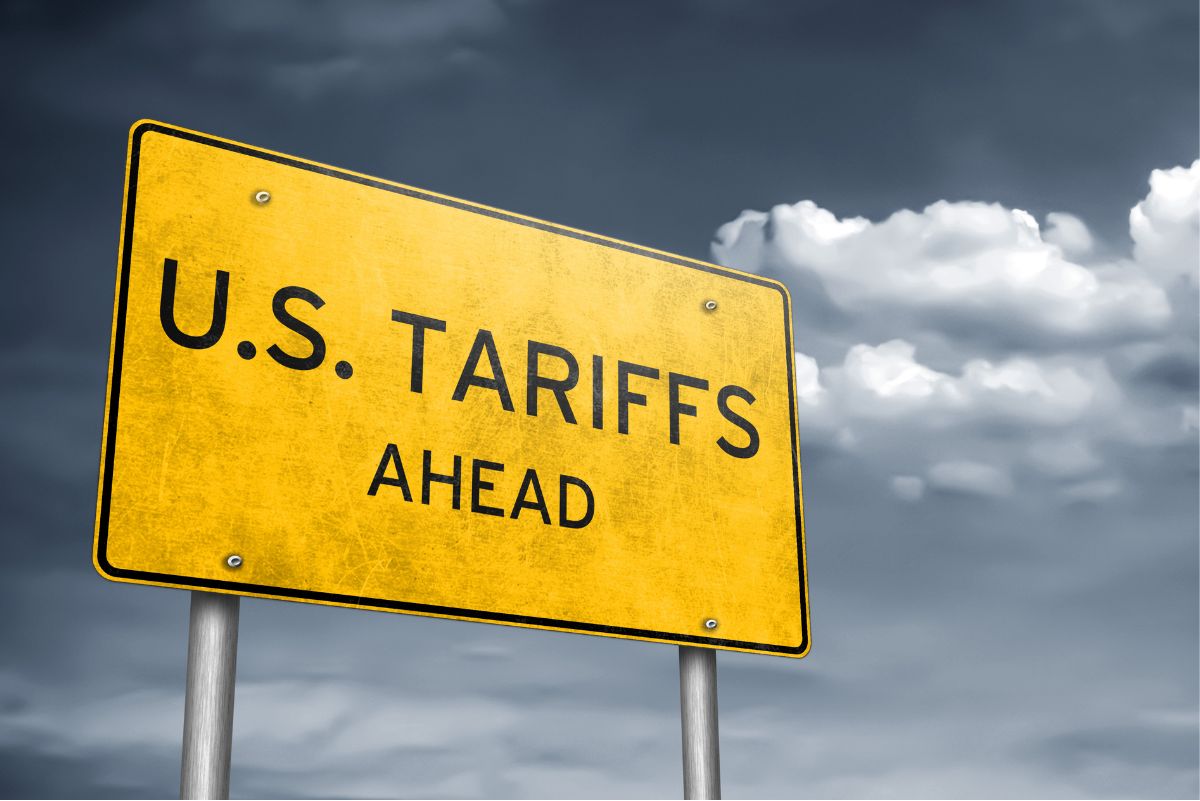SC Navigator: Your Ultimate Solution for High-Stakes Supply Chain Decisions
“Wow! This product is amazing!” – this was my conclusion after learning about AIMMS and SC Navigator.
Coming from a different industry, I wasn’t even aware of the existence of tools that allow companies to calculate what to do in case of high-impact disruptions. It sounded like magic. I wanted to be part of this magic.
I joined AIMMS a couple of months ago and so far it’s been such an exciting journey with a steep learning curve. As Business Director of Supply Chain Solutions, my role requires a deep understanding of our products, the needs and pains of customers, and how our products can bring value at every stage of their complex and global supply chains.
In this blog, I would like to share my learnings and bring the magic to life. Hopefully allowing you to determine if you need this magic and learn in which cases our off-the-shelf supply chain tool SC Navigator might help to know what to do in case something big happens.
Understanding the needs & pain points of our customers
For me, it was important to understand the ‘why’ first. Why should our customers use SC Navigator, what are their needs?
After speaking to Supply Chain Managers and Consultants in industries from retail and manufacturing to energy and petrochemicals, it became clear to me that the following events or business decisions triggered the need for a Network Design tool:
- Merger and acquisitions: When multiple supply chains are merged, how can all assets, transportation, and inventory levels be optimized?
- Changing customer behavior: How can you drastically increase your service levels, without drastically increasing your costs?
- Disasters: With pandemics becoming the new normal, changing weather conditions, malware, ships stuck in canals, wars, and more, what can your business do when part of your facilities are closed due to disruption?
- Lease ending: When the opportunity arises to redesign your supply chain due to leases ending on warehouses, what is the best thing to do?
- Optimization: You can model your base case network, evaluate changes in the business environment and adapt quickly, and back up investment decisions with data.
- Nearshoring: When there is a need to move assets to countries closer to your HQ, which locations are best? And how many assets should you open or close?
- Business continuity: Being proactive on what to do when one, or all, of the above events happen.
Now that I understand why customers want to use SC Navigator, I realize that Supply Chain companies aim to be as resilient as possible. My next step was to understand the ‘how’. How exactly do companies use SC Navigator to become resilient?
How AIMMS & SC Navigator creates resilient businesses?

It’s fascinating to learn that regardless of customer needs or industry, the type of questions they need answered by SC Navigator are very similar:
- Production footprint: Where and how many production facilities should be opened or closed to provide the best service level, for the lowest costs, highest profit, and lowest carbon emission?
- Distribution footprint: Where and how many distribution facilities should be opened or closed to provide the best service level, for the lowest costs, highest profit, and lowest carbon emission?
- Allocation: How to best allocate resources to assure the best service level, for the lowest costs, highest profit, and lowest carbon emission?
- Inventory: Where and how much inventory should be kept at my facilities to provide the best service level, for the lowest costs, highest profit, and lowest carbon emission?
- Capacity: How much storage or warehouse space and/or transport should be allocated based on where the supply is coming from?
And here is where the magic of SC Navigator comes to play.
The tool will calculate the best scenario for all these questions. And not only the best scenario, but also what the ‘best’ outcome is for them. This is based on profit, costs, speed, carbon emissions, or the trade-off between these variables. It was mind-blowing to learn the value of this calculation. It is not a prediction or guess, it is a calculated and specific outcome. This granularity and flexibility is what makes SC Navigator the ultimate tool for your high-stakes Supply Chain decisions.
It’s my job to make sure SC Navigator will become even more relevant and valuable to our existing and future users. I am thinking along the lines of AI enhancements, state-of-the-art UX, and proactive alerting. Future developments of SC Navigator will make your business adapt even better in the face of a rapidly moving and uncertain world.
If you are interested in learning more about SC Navigator and what it can do to make your business more resilient, please get in touch with us and we will be happy to help you.
What our readers are saying
Comments are closed.






Would like to have a demo for sc navigator and see if it is tool worthwhile for use in scm courses
Hi Renu, thank you for reaching out. We noticed that you work in the Academic domain. Our demos are for businesses only. If you want to use AIMMS for academic purposes, you can request a Free Academic License on this page – https://licensing.cloud.aimms.com/license/academic.htm.